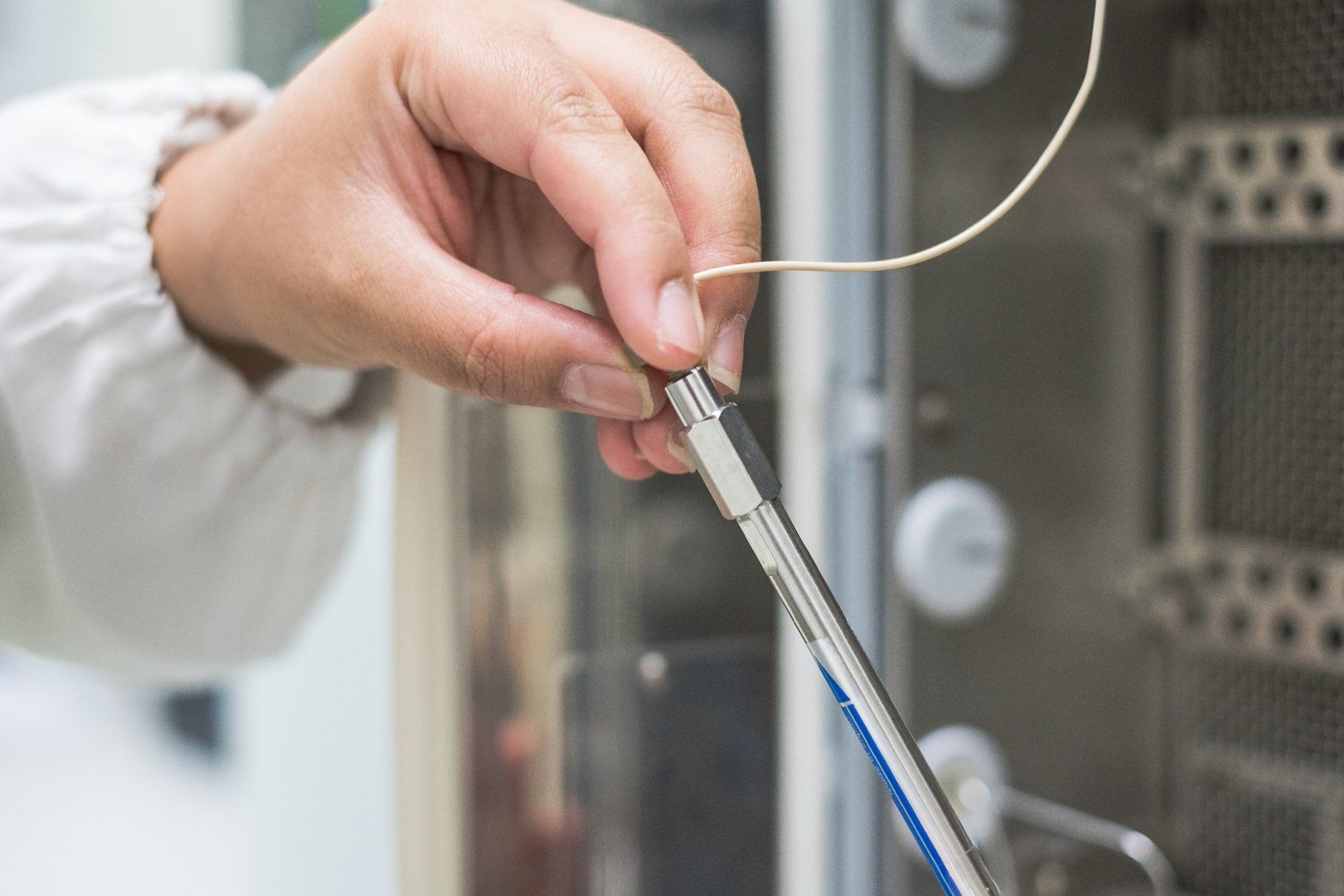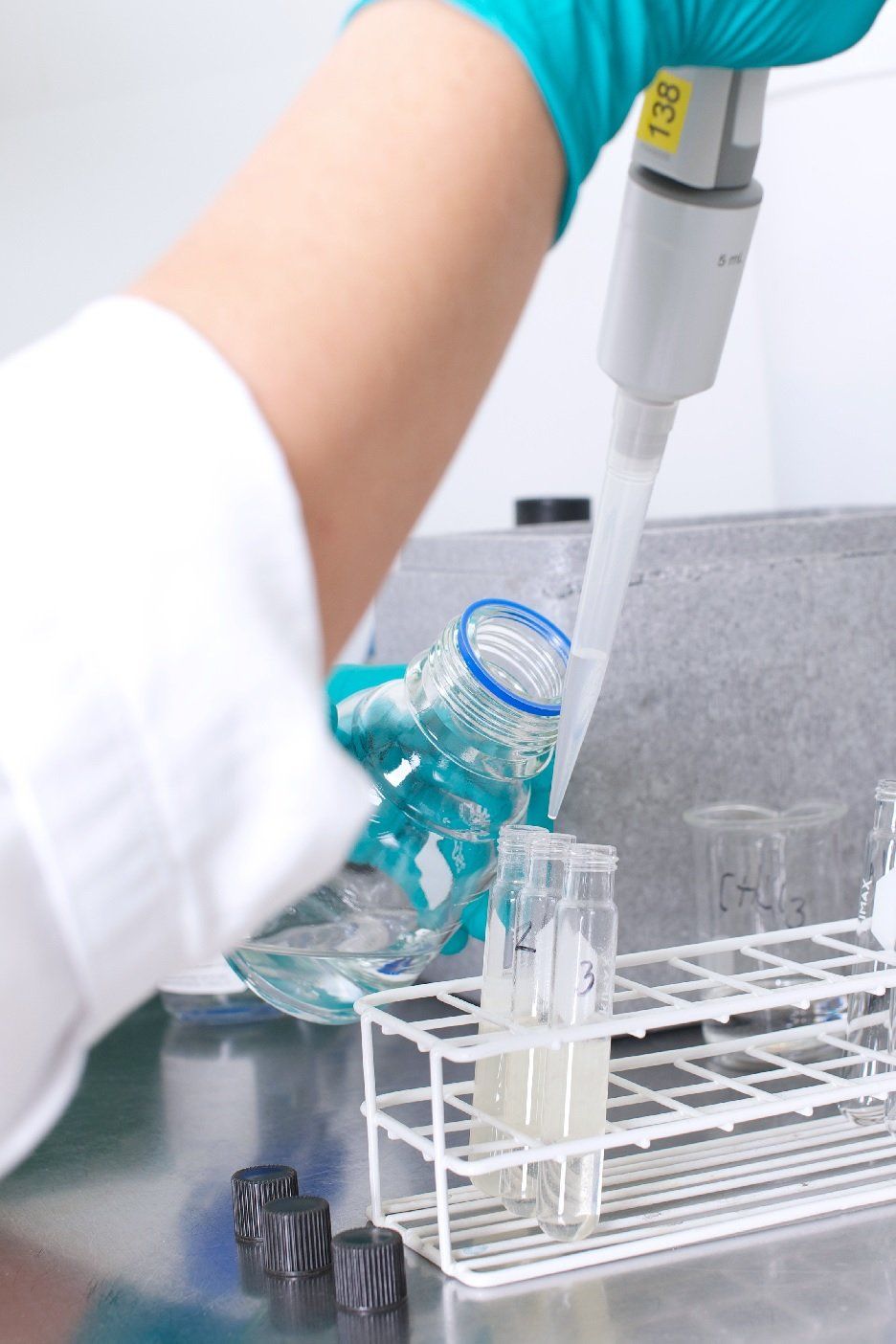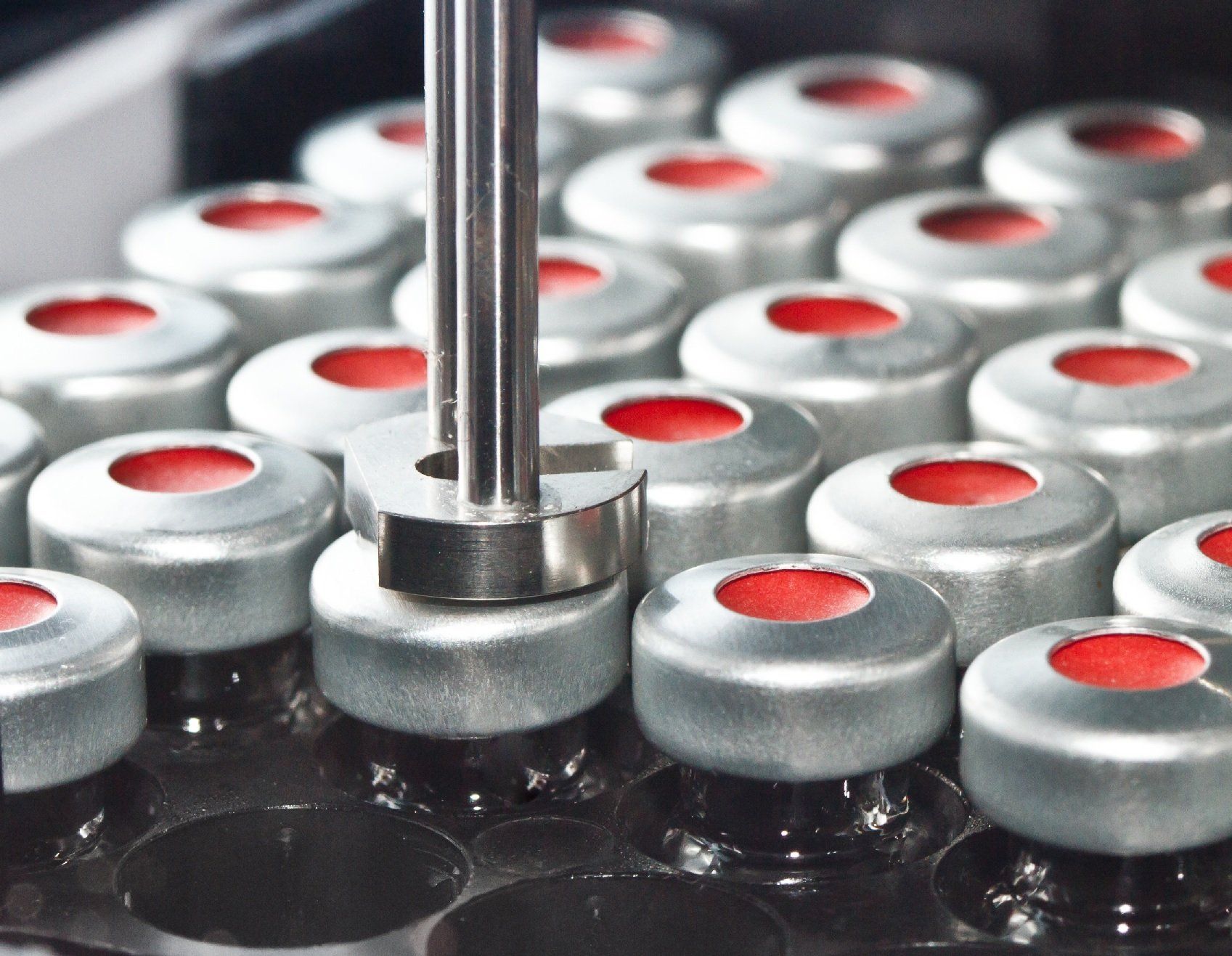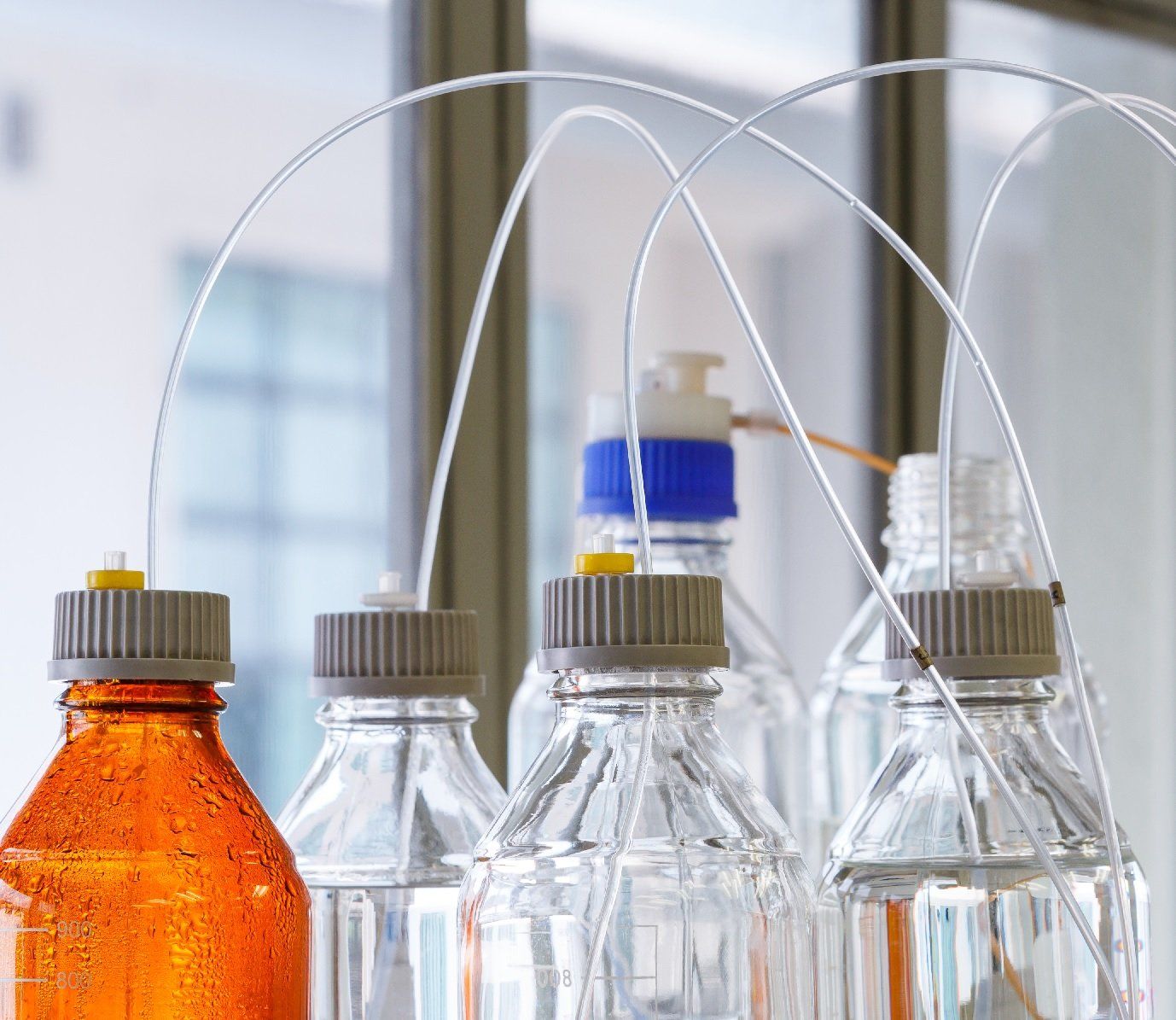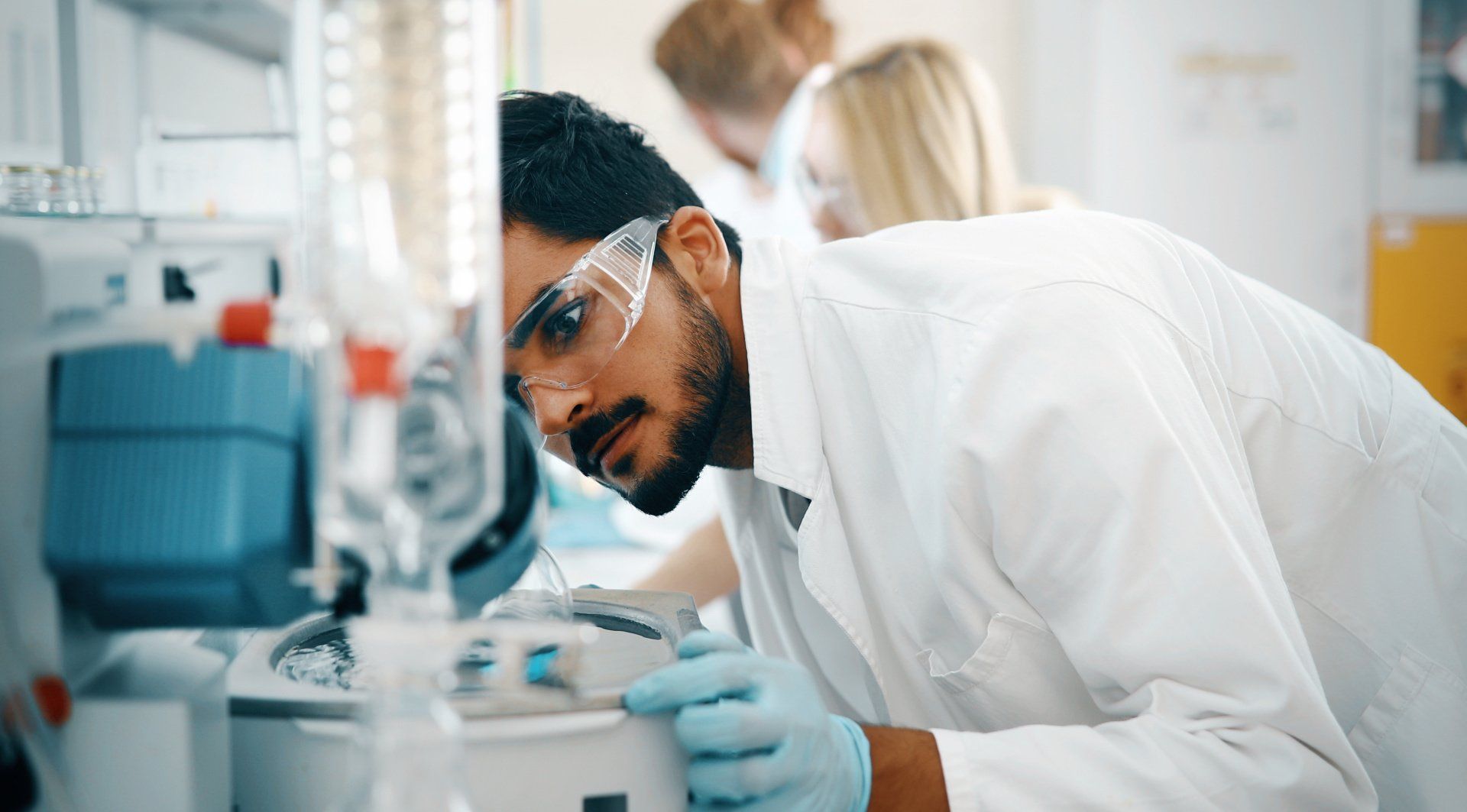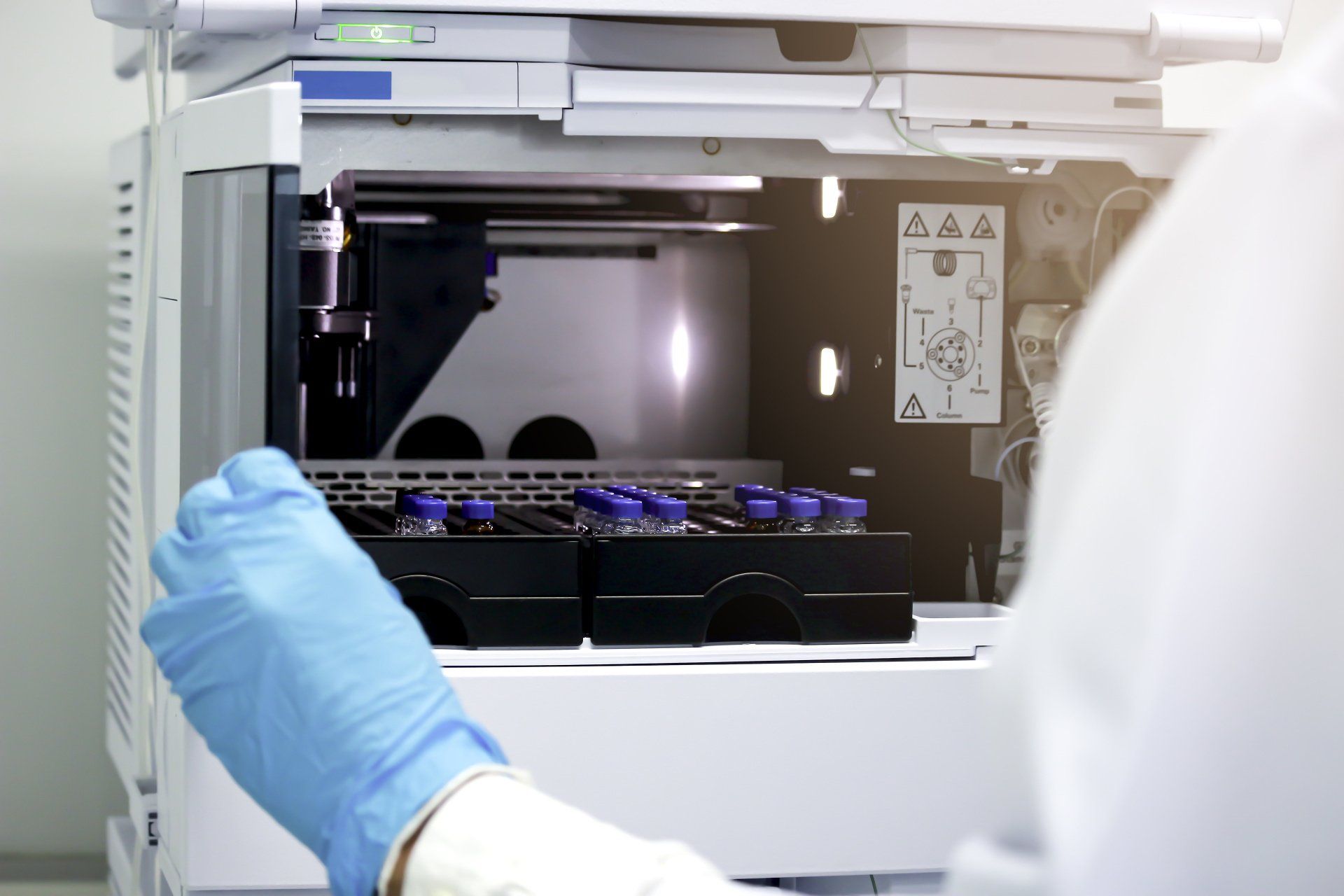About HPLC
How Does HPLC Work?
HPLC purifies compounds and separates them according to their polarity. Water is a polar compound while Benzene is a non-polar compound. Molecules with similar chromatographic polarity are attracted to each other, while those with dissimilar polarity have a weaker attraction. This method passes a liquid mobile phase through a stationary phase within the column. When the sample is injected, each different analyte reacts differently with the absorbent material (stationary phase), providing the feedback you’re looking for.
Ready to get started?
Contact us today at (617) 812-9013
What Are Common HPLC Applications?
HPLC can be used as an analytical device to assay environmental and biological samples to determine the absence or presence of known compounds. This process can help to determine the existence of pesticides, drugs, toxins, and more.
It can also be used to monitor the purity of products as well as chemical reactions. Compounds of interest can also be purified for expanded use.
Components of HPLC Instrumentation
This sophisticated analytical technique and tool is strategically designed to provide the accurate results that you need. We have listed the different components and the role they play in HPLC analysis below.
Juggling is for Circuses.Are you focusing on too many things & not on your science?
What Are the Advantages of HPLC?
HPLC can be used to analyze both raw materials and finished goods and can be used as a quality control check to determine the correct purity and grade of a product.
HPLC can also be beneficial in reverse engineering formulations to find errors and offer quick and accurate data for informed quality decisions.
What is a HPLC Output?
The output is the result of the HPLC run. The result is displayed as a horizontal series of peaks that represent the compounds analyzed in the column. With detectors such as a diode array (DAD) detector or ultraviolet (UV) detector, you can look at the chromatogram of the separated compounds in wavelengths to determine what they are.
What is HPLC?
HPLC is a chromatographic technique used to separate the components in a mixture, identify and quantify each component. HPLC stands for high performance liquid chromatography, which is a sophisticated analytical technique used to leverage information based on how different compounds behave differently in a mixture. The instruments that perform this technique separate the components in a sample to quantify and identify its parts. HPLC can be utilized in the medical, pharmaceutical, polymer, coatings, and many other industrial and commercial sectors.
HPLC Questions
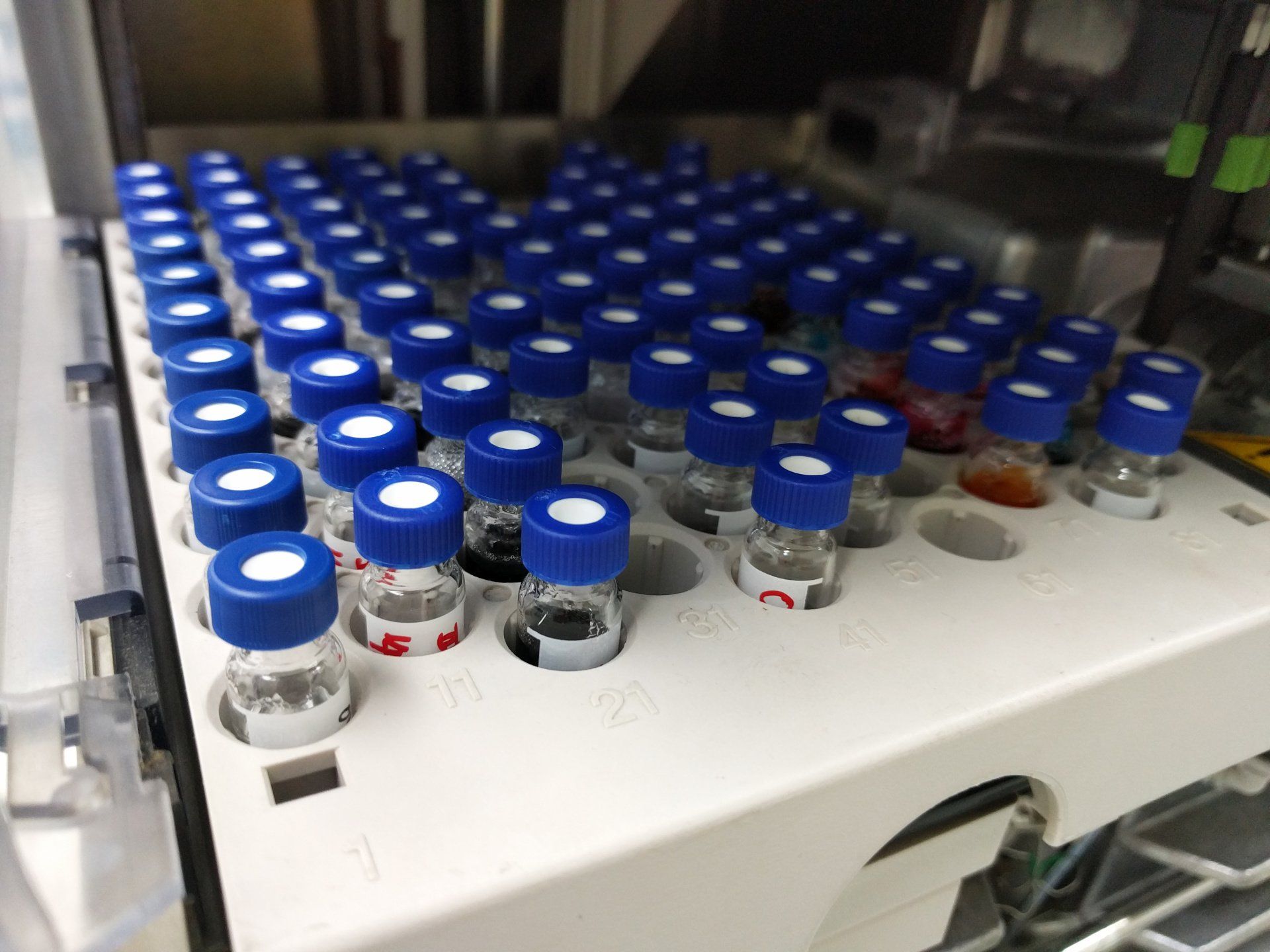
The appearance of your HPLC’s baseline noise is one of the most useful indicators of its overall performance and cleanliness. The ratio of the detector’s signal response to a specified standard when compared to the background signal variation is known as the “signal to noise ratio.”
When you notice abnormalities in the baseline noise, it can be attributed to a number of different factors.
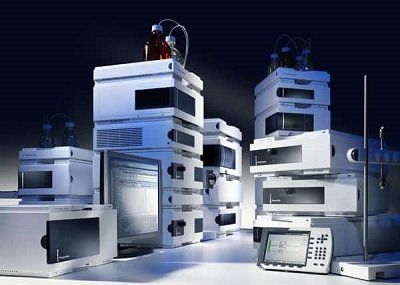
Highly sensitive lab instruments need to be serviced and maintained appropriately and effectively. Avoiding contamination can help prevent signal suppression, reduce background noise, minimize adduct formation, and elevate spectrum complexity. In order to achieve the most accurate results, contamination prevention is crucial.

